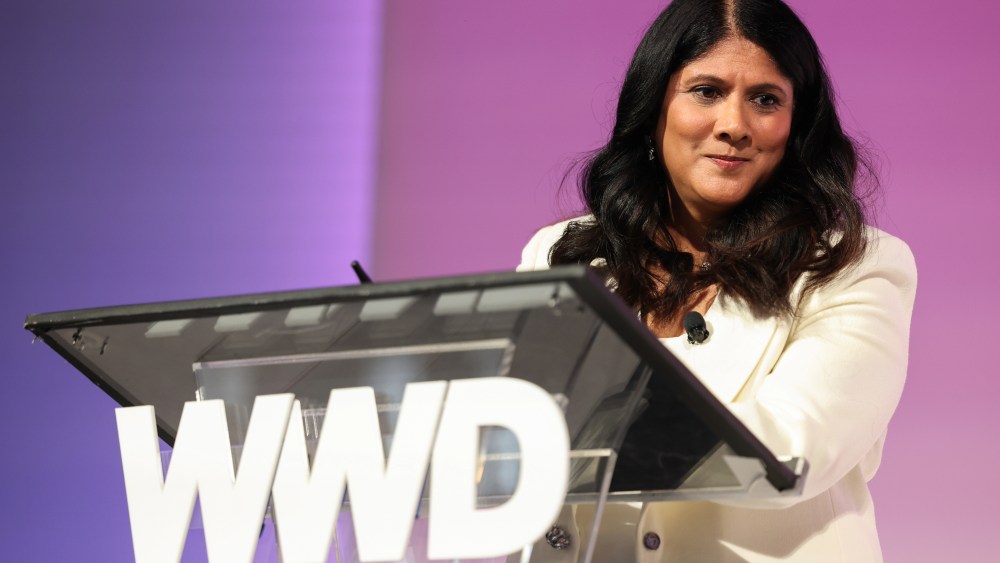Beauty and Wellness: A New Era of Interconnection
In recent discussions at WWD’s annual Beauty CEO Summit, Priya Nair, Unilever’s president of beauty and well-being, provided insights into an evolving landscape where beauty and wellness intertwine. She highlighted that today’s consumers often view these categories as a cohesive whole. With Unilever’s beauty and well-being branch generating approximately 13.2 billion euros, brands like Nutrafol, Vaseline, and Dermalogica exemplify this intersection. Whether through ingestible or topical products, these brands focus on holistic experiences that are deeply rooted in lifestyle, influencing not just aesthetics but overall well-being.
Nair emphasized that the modern consumer, particularly from younger generations like Gen Z and Millennials, interprets health as more than just the absence of illness. For them, it encapsulates a movement toward living life to the fullest, signifying that beauty, well-being, and nutrition are no longer distinct goals. Instead, they’re interconnected pursuits. This transformation reflects a broader societal shift, fueled by the digital era, where individuals are more informed about bodily health. Consequently, consumers recognize that inner wellness can manifest in outer beauty, reshaping traditional ideas about skincare and beauty routines.
Brands under Unilever’s umbrella are stepping up to meet consumer expectations shaped by these insights. For instance, Liquid I.V. highlights the importance of hydration, offering benefits that extend to enhancing skin quality. Similarly, addressing issues such as elevated stress levels or sleep deprivation is essential in combating signs of aging. This knowledge resonates with rising consumer demand for interconnected solutions, reflecting a shift where health and beauty should not be compartmentalized but viewed as synergistic.
Research supports Nair’s observations, revealing a significant trend among consumers. A study indicates that a staggering 90% believe that beauty and wellness are interconnected, with 80% expressing a desire for beauty routines that encompass self-care elements. Moreover, 93% are calling for intersectional products from the beauty industry. These statistics underline a collective desire for comprehensive solutions that address multiple body needs, underscoring the importance of brands adapting to these changing expectations.
Nair noted that Unilever brands are innovating to fulfill this need. For instance, Nutrafol offers a holistic approach to hair growth, while Vaseline serves multiple functions, from soothing dry skin to enhancing fragrance longevity. The urge for multifunctional products is clear: consumers increasingly seek effective formulas that cater to their whole being, with a strong preference for hyper-personalization and products that combine various benefits.
Looking to the future, both beauty and wellness are set to evolve further together. Nair expressed confidence that the merging of these realms is not just a passing trend but a fundamental shift in consumer behavior. The goal is to create value within these intersectional spaces, paving the way for a more unified approach to self-care. Personalization will remain at the forefront of this journey, ensuring that offerings from Unilever and similar brands reflect the diverse and nuanced needs of today’s consumers, ultimately democratizing beauty and wellness for everyone.

